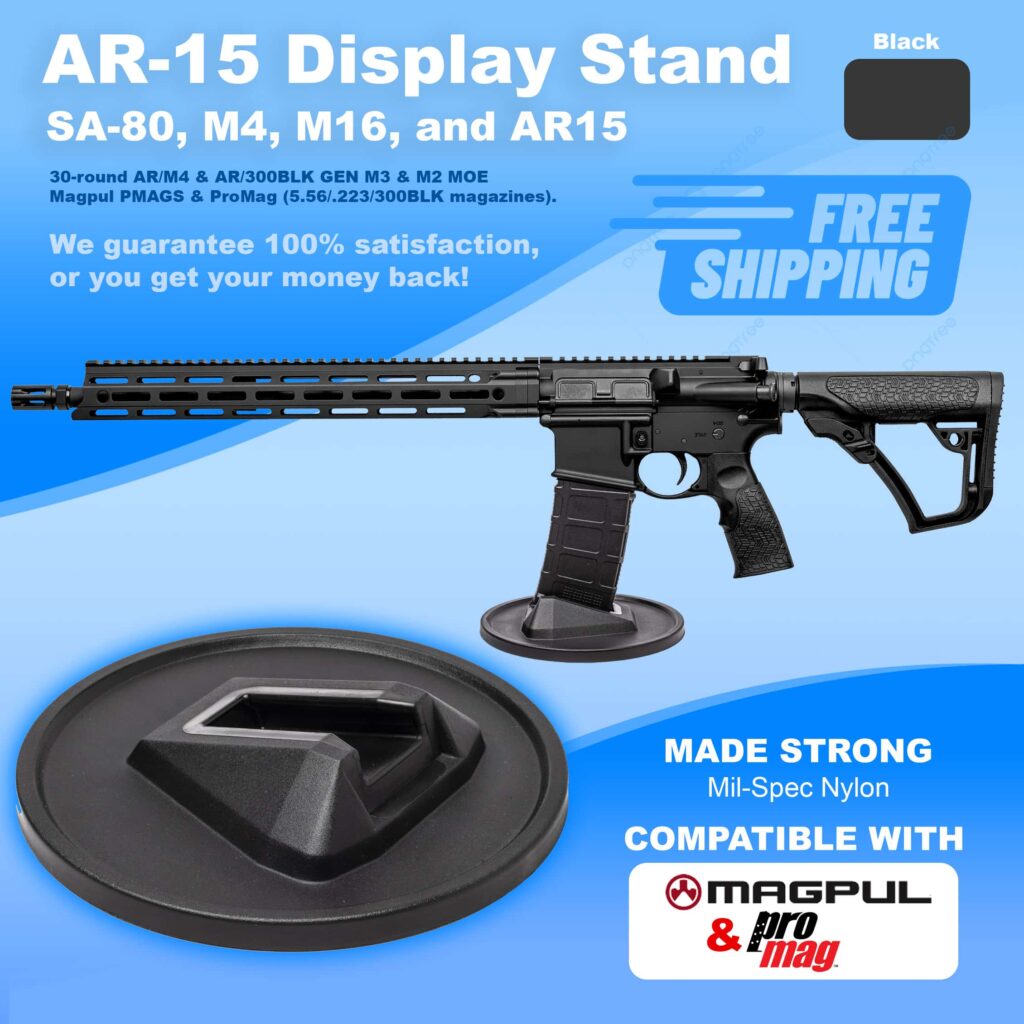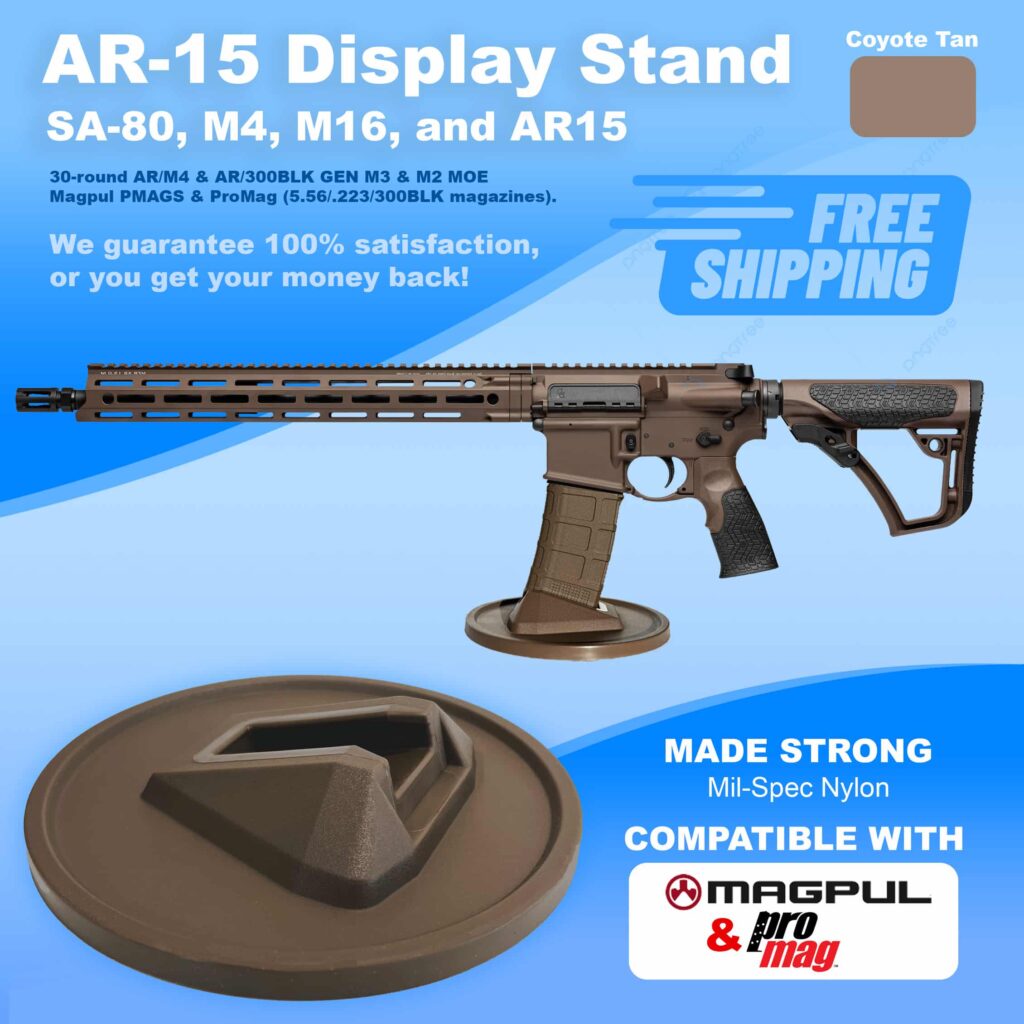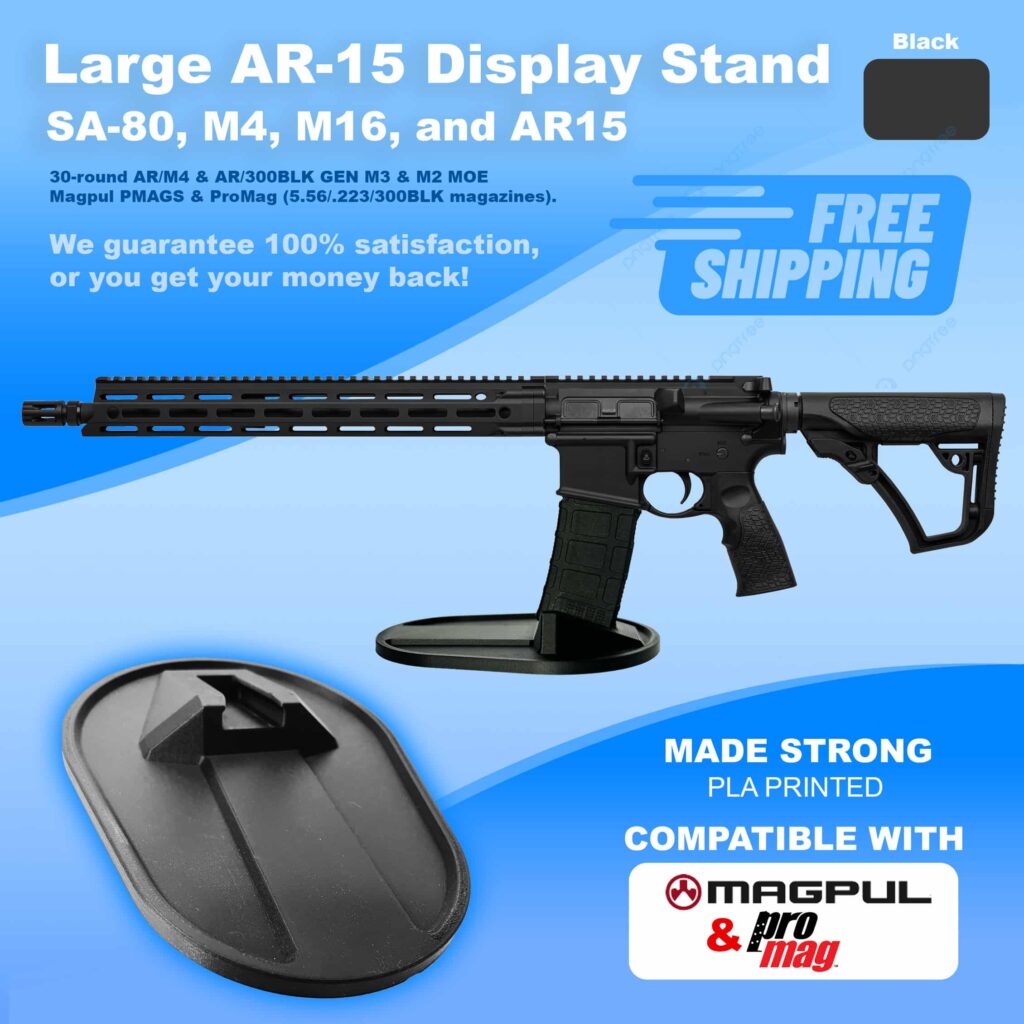Owning a firearm is both a right and a responsibility. Whether you are a first-time gun owner or a seasoned enthusiast, practicing gun safety and responsible ownership is essential to ensure the well-being of individuals, families, and communities. This guide explores the key principles of gun safety, the importance of responsible ownership, and actionable steps every gun owner can take to uphold these values.
The Importance of Gun Safety
Gun safety is not just about preventing accidents; it is about creating a culture of responsibility and respect for firearms. Adhering to safety protocols minimizes risks, promotes public trust, and ensures that firearms are used only for their intended purposes. The stakes are high, as negligence can lead to severe consequences, including injury, loss of life, and legal ramifications.
Key Principles of Gun Safety
- Treat Every Gun as If It Is Loaded
Assume that any firearm you handle is loaded. This mindset prevents complacency and reduces the risk of accidental discharge. - Always Point the Muzzle in a Safe Direction
Never point a firearm at anything you do not intend to shoot. This rule is critical in avoiding unintentional harm. - Keep Your Finger Off the Trigger Until Ready to Shoot
Rest your finger alongside the trigger guard and only place it on the trigger when you are ready to fire. - Know Your Target and What Is Beyond It
Be aware of your target, its surroundings, and what lies behind it. This ensures that a missed shot or bullet that passes through the target does not cause unintended damage.
Responsible Gun Ownership
Responsible gun ownership goes beyond following safety rules. It encompasses the ethical, legal, and practical aspects of owning and using a firearm. This responsibility extends to securing firearms, proper training, and maintaining a mindset of accountability.
Secure Storage
One of the most critical aspects of responsible ownership is secure firearm storage. Proper storage prevents unauthorized access and reduces the risk of accidents, especially in homes with children or vulnerable individuals.
- Gun Safes and Cabinets: Invest in a high-quality gun safe or cabinet to store firearms securely. Look for models with tamper-resistant features and reliable locking mechanisms.
- Trigger Locks: Use trigger or cable locks as an additional safety measure. Many firearms come with these devices included.
- Ammunition Storage: Store ammunition separately from firearms to further reduce risks.
Education and Training
Understanding how to safely handle, maintain, and operate a firearm is vital. Regular training and education can make a significant difference in how responsibly a firearm is used.
- Basic Firearm Safety Courses: Enroll in a certified safety course to learn the fundamentals of firearm operation and safety protocols.
- Advanced Training: For those who use firearms for self-defense or hunting, advanced courses provide valuable skills and situational awareness.
- Ongoing Practice: Regular practice at a shooting range helps maintain proficiency and confidence.
Ethical Considerations
Owning a firearm comes with moral responsibilities. Ethical considerations include:
- Understanding When to Use a Firearm: Know the circumstances under which the use of a firearm is justified. This includes self-defense laws and understanding proportional response.
- Respect for Life: Firearms should never be used recklessly or irresponsibly. Always prioritize de-escalation and non-lethal options when possible.
Teaching Gun Safety to Others
Promoting gun safety within your community or household can help create a safer environment for everyone. Teaching others—especially children—about firearm safety is a critical aspect of responsible ownership.
Gun Safety for Children
Children are naturally curious, and if firearms are present in the home, it is essential to educate them early about gun safety.
- Open Communication: Discuss firearms openly and emphasize their potential dangers. Create an environment where children feel comfortable asking questions.
- The “Stop, Don’t Touch, Leave the Area, Tell an Adult” Rule: Teach children this simple rule to follow if they encounter a firearm.
- Modeling Behavior: Set a good example by consistently practicing gun safety yourself.
Community Outreach
Gun owners can play a role in promoting safety by engaging with their communities:
- Hosting Safety Workshops: Collaborate with local organizations to conduct firearm safety sessions.
- Advocating for Safe Storage: Encourage others to adopt secure storage practices.
- Sharing Resources: Distribute educational materials on gun safety.
Legal and Regulatory Compliance
Understanding and adhering to local, state, and federal firearm laws is a crucial aspect of responsible ownership. Non-compliance can lead to severe legal consequences.
Background Checks and Licensing
- Purchasing Firearms: Ensure all purchases are conducted through legal channels, including undergoing background checks where required.
- Obtaining Licenses and Permits: Familiarize yourself with licensing requirements for owning, carrying, or using a firearm.
Transporting Firearms
Follow legal guidelines for transporting firearms:
- Unloaded and Secured: Firearms should be unloaded and stored in a locked case during transport.
- Know the Laws: Laws regarding firearm transport vary by jurisdiction, so research regulations before traveling with firearms.
Reporting Lost or Stolen Firearms
Promptly report any lost or stolen firearms to local law enforcement. This helps prevent their misuse and demonstrates accountability.
Maintaining Firearms
Regular maintenance is vital to ensure the safe and effective operation of firearms. Poorly maintained firearms can malfunction, leading to safety hazards.
Cleaning
- Follow Manufacturer Guidelines: Use the cleaning methods and products recommended by the firearm’s manufacturer.
- Regular Schedule: Clean firearms after each use or as specified by the manufacturer.
Inspections
- Routine Checks: Inspect firearms for signs of wear, damage, or malfunction. Address any issues promptly.
- Professional Servicing: Periodically have firearms inspected and serviced by a qualified gunsmith.
Responsible Use
Responsible gun ownership also means using firearms appropriately and within the boundaries of the law.
Recreational Shooting
- Designated Areas: Use shooting ranges or designated outdoor areas for recreational shooting.
- Follow Range Rules: Adhere to all rules and guidelines set by shooting ranges.
Hunting
- Licensing and Permits: Ensure you have the necessary hunting licenses and permits.
- Ethical Hunting Practices: Follow hunting regulations and prioritize humane practices.
Self-Defense
- Understanding the Law: Familiarize yourself with laws regarding self-defense and the use of deadly force.
- De-escalation Training: Learn techniques to defuse situations without resorting to firearm use.
Gun Safety Technology
Advancements in technology have introduced innovative solutions to enhance gun safety:
Smart Guns
Smart guns use biometric or digital authentication to ensure only authorized users can fire them. While still emerging, this technology offers promising safety enhancements.
Safe Storage Innovations
- Biometric Safes: Safes that use fingerprint recognition for quick and secure access.
- Remote Monitoring: Some storage solutions include alerts to notify owners of unauthorized access attempts.
Gun Safety Advocacy and Organizations
Numerous organizations and advocacy groups promote gun safety and responsible ownership. Joining or supporting these groups can amplify efforts to create safer communities.
Examples of Organizations
- National Shooting Sports Foundation (NSSF): Provides resources and education on firearm safety.
- Project ChildSafe: Offers free gun locks and safety kits.
- Moms Demand Action for Gun Sense in America: Advocates for responsible gun laws and community safety initiatives.
Conclusion
Gun safety and responsible ownership are vital to protecting individuals, families, and communities. By following safety protocols, securing firearms, staying educated, and promoting awareness, gun owners can ensure that their rights are exercised responsibly. Whether you own a firearm for self-defense, recreation, or hunting, embracing these principles fosters a culture of safety, accountability, and respect.


















